charging stations business in India.
Electric Vehicles India
JUNE 10, 2022
As we all can see how Electric vehicles were growing day by day and there is a lot of opportunity in the automobile industry at moment there are fewer charging stations in India but in the future, it will become a game-changer in Indian business in other. Need for charging stations. Prior, electric vehicles were charged at home.

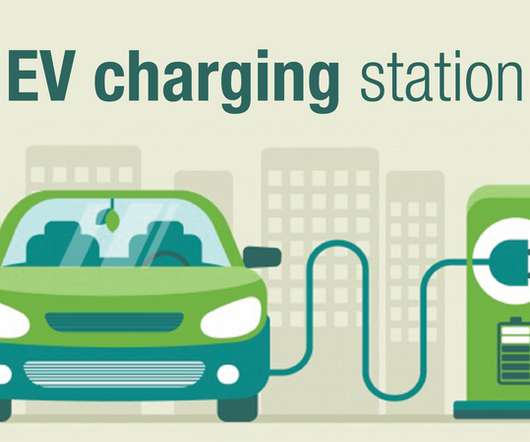



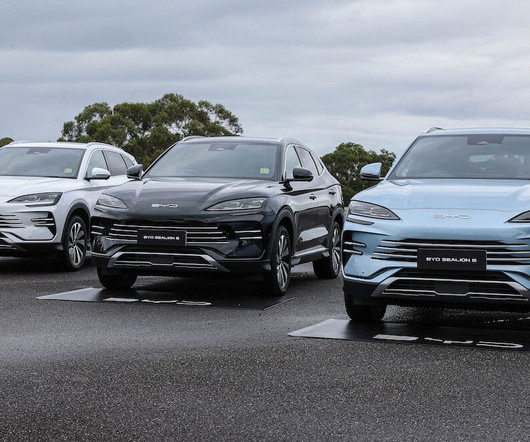
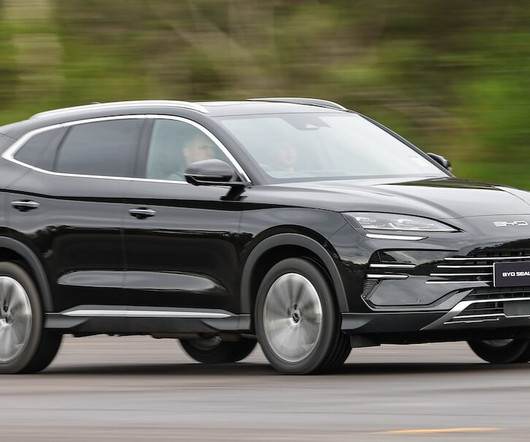
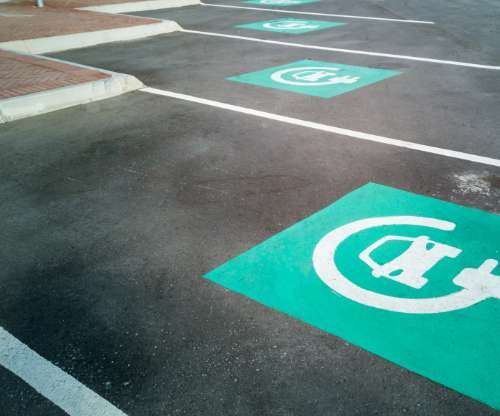






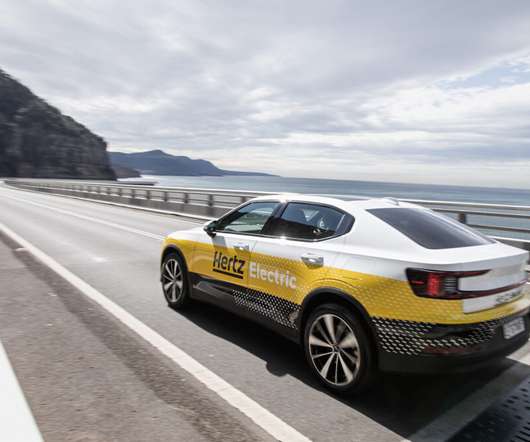
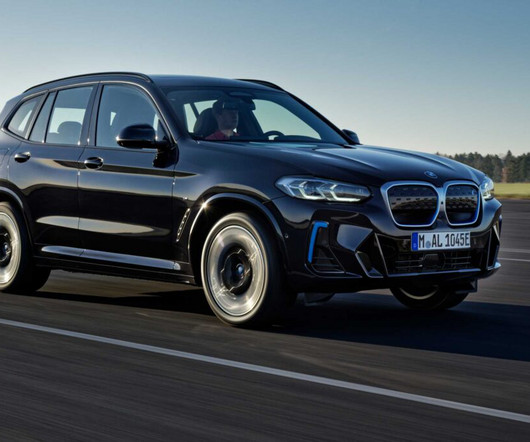










Let's personalize your content